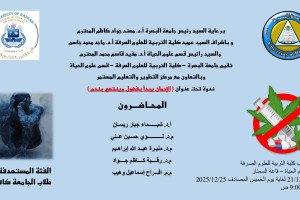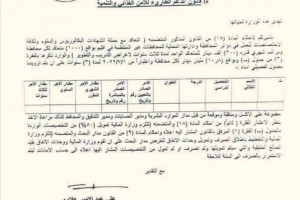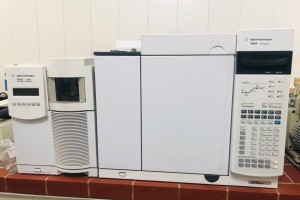
The College of Education for Pure Sciences, Department of Chemistry, conducted a doctoral dissertation on the identification of the structures of two series of new tetrazole derivatives. The dissertation, presented by researcher Hawra Qasim Manwar, included the preparation of two series of tetrazole derivatives, starting with the reaction of chlorobenzonitrile or bromobenzonitrile with sodium azide and ammonium chloride to obtain acetamide derivatives. Acetamide derivatives were also prepared by the reaction of aniline substitutes with triethylamine and chloroacetyl chloride. The first series of di-substituted tetrazole derivatives was then prepared by a nucleophilic substitution reaction with N-acetamide derivatives using potassium carbonate. In addition, organic azide derivatives (Az1-Az4) were prepared by reacting acetamide compounds (A1-A7) with sodium azide in a THF/H2O solvent. The second series of 1,5-H (T16-T10) di-substituted tetrazole derivatives was then prepared by a Huisgen cycloaddition reaction between organic azides and 4-bromobenzonitrile or 4-chlorobenzonitrile.
The structures of the two series of tetrazole derivatives were characterized using FT-IR, mass spectra, 1H and 13C proton NMR, two-dimensional NMR (COSY), and HSQC spectroscopy. ESI-MS for all derivatives showed a peak for the [M]+ molecular ion, which is in good agreement with the proposed formula. The anticancer activity of 2,5-H-di-substituted tetrazole derivatives (T9-T3) at different doses (25-400 μg/ml) was studied by testing them against MCF-7 cells (derived from breast cancer) and PC3 cells (derived from prostate cancer) for 24 hours and comparing them with WRL-68 cells (derived from normal human cells). Compound T4, which contains 4-bromophenyl at the C-5 position of the tetrazole ring, was active against the MCF-7 cell line. It reduced cell viability in a dose-dependent manner, with an IC50 value of 68.16 μg/ml. Compound T8
 ,
,







